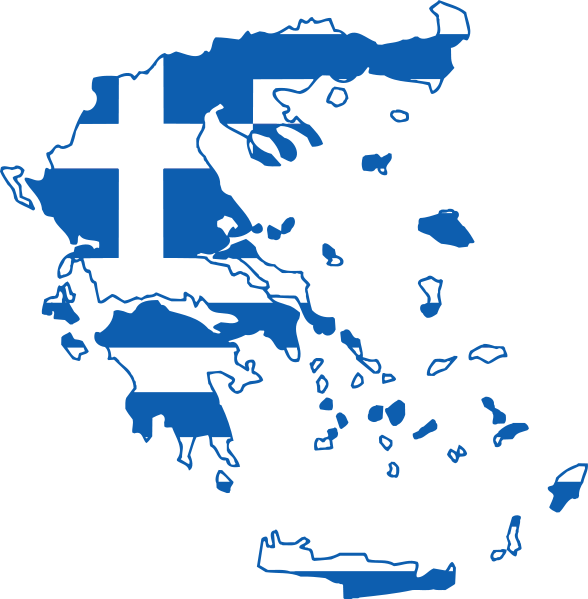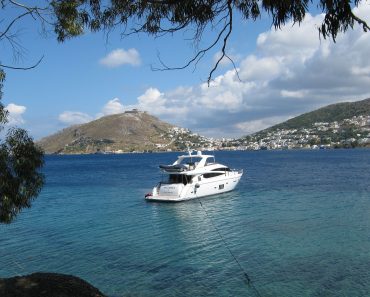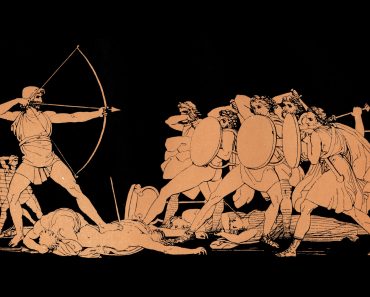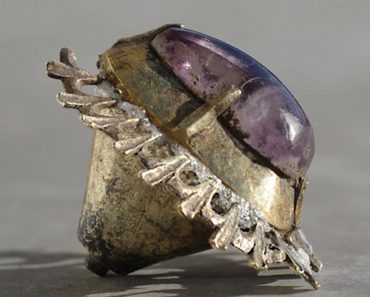An artificial intelligence model has recently unveiled a thought-provoking list of alternative names for several Balkan countries. These AI-generated monikers delve deep into the region’s rich history, geography, and mythology, proposing names like Illyria for Albania and Dacia for Romania, offering a unique perspective on national identity.
AI’s Historical Naming Convention
The AI’s approach to renaming the Balkan states appears to be rooted in a deep understanding of the region’s ancient past and prominent geographical features. Instead of modern political designations, the suggestions lean heavily on historical kingdoms, tribal names, and significant natural landmarks that predate contemporary borders. This methodology transforms current national identities into echoes of their historical predecessors, inviting a re-evaluation of how nations are named and perceived.
Proposed Names and Their Origins
The AI’s suggestions are a fascinating blend of history and geography, offering a glimpse into the potential alternative identities for these nations. Each proposed name carries significant historical or geographical weight:
- Albania (🇦🇱) – Illyria: Named after the ancient Illyrians, an Indo-European people who inhabited the western part of the Balkan Peninsula.
- Kosovo (🇽🇰) – Dardania: Refers to the ancient kingdom of Dardania, which encompassed parts of modern-day Kosovo and North Macedonia.
- Bosnia and Herzegovina (🇧🇦) – Dinarica: Derived from the Dinaric Alps, a major mountain range that dominates the landscape of the Western Balkans.
- Bulgaria (🇧🇬) – Rodopica: Likely inspired by the Rhodope Mountains, a significant mountain range in Southern Bulgaria and Northern Greece.
- Croatia (🇭🇷) – Adriatica: A clear reference to the Adriatic Sea, which forms Croatia’s extensive western coastline.
- Greece (🇬🇷) – Olympia: Evokes the ancient site of Olympia, the birthplace of the Olympic Games and a symbol of classical Greek civilization.
- Montenegro (🇲🇪) – Zeta: Named after the medieval principality of Zeta, a predecessor state to modern Montenegro.
- North Macedonia (🇲🇰) – Vardar: Refers to the Vardar River, the longest river in North Macedonia, central to its geography.
- Romania (🇷🇴) – Dacia: Named after Dacia, an ancient kingdom and later a Roman province, corresponding to much of modern Romania.
- Serbia (🇷🇸) – Morava: Derived from the Morava River, a major river system in Serbia, historically and geographically significant.
- Slovenia (🇸🇮) – Triglavia: Inspired by Mount Triglav, the highest peak in Slovenia and a national symbol.
Implications and Discussion
While purely a conceptual exercise, the AI’s renaming initiative sparks interesting discussions about national identity, historical continuity, and the arbitrary nature of modern borders. Such a project could serve as a catalyst for exploring the deep historical layers beneath contemporary national narratives, prompting reflection on shared heritage and ancient connections across the region. It highlights how technology can offer novel perspectives on long-established geopolitical realities.
Key Takeaways
- An AI model proposed alternative, historically and geographically inspired names for Balkan countries.
- The suggestions draw from ancient kingdoms, tribal names, and prominent natural landmarks.
- Examples include Illyria for Albania, Dacia for Romania, and Adriatica for Croatia.
- The initiative encourages reflection on historical continuity and national identity in the Balkans.







